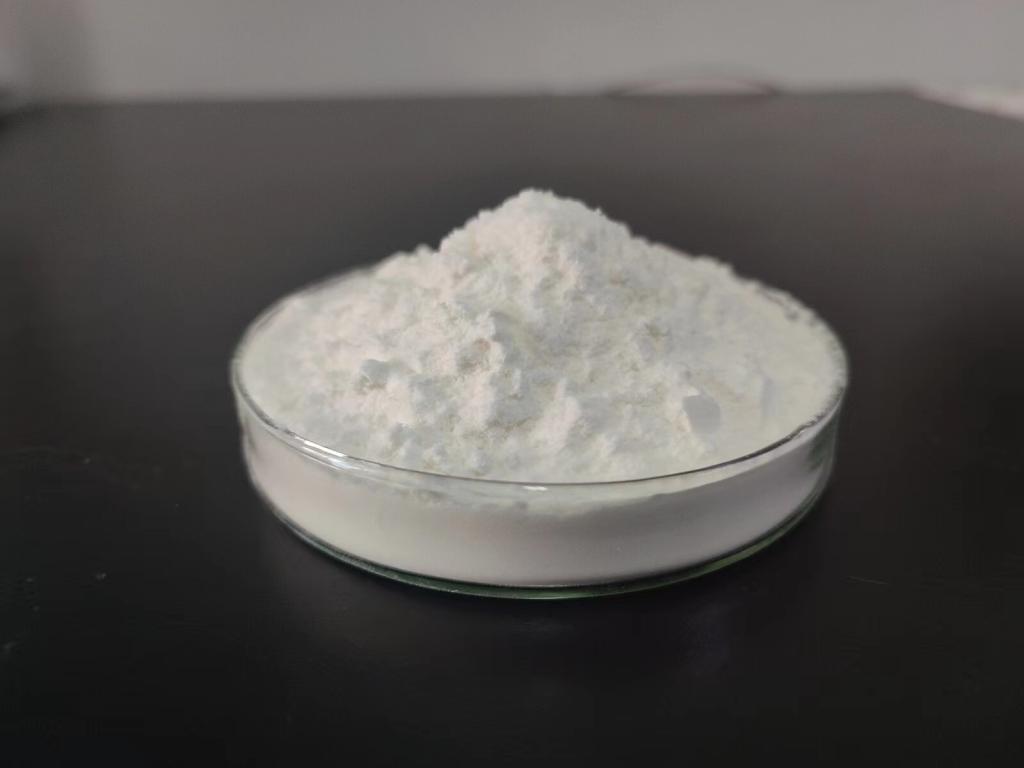Tel:+8618231198596

News
 CONTACT
CONTACT
 CONTACT
CONTACT
- Linkman:Linda Yao
- Tel: +8618231198596
- Email:linda.yao@dcpharma.cn
- Linkman:CHARLES.WANG
- Department:Overseas
- Tel: 0086 0311-85537378 0086 0311-85539701
News
Current Position:
Home >
News
>ε-Polylysine Hydrochloride in the Preservation of Traditional and Indigenous Foods
ε-Polylysine Hydrochloride in the Preservation of Traditional and Indigenous Foods
TIME:2024-02-05
Significance of Preserving Traditional and Indigenous Foods:
Traditional and indigenous foods are not merely sources of sustenance but represent the essence of cultural identity, heritage, and community cohesion. These foods often embody unique flavors, culinary techniques, and nutritional values that are passed down through generations. The preservation of these foods is essential for maintaining cultural diversity, supporting local economies, and ensuring food security, especially in regions where traditional diets are closely linked to the local environment.
Challenges in Preserving Traditional Foods:
Preserving traditional and indigenous foods involves overcoming various challenges, including:
a. Limited Shelf Life: Many traditional foods have a short shelf life due to their natural ingredients, lack of preservatives, and traditional processing methods.
b. Seasonal Availability: Certain traditional foods are closely tied to specific seasons, making year-round availability challenging without proper preservation methods.
c. Microbial Contamination: Traditional foods are susceptible to microbial contamination, leading to spoilage and potential health risks.
d. Maintaining Authenticity: Preserving traditional foods often requires finding a balance between modern preservation methods and preserving the authenticity and unique qualities of the traditional culinary heritage.
Introduction to ε-Polylysine Hydrochloride:
ε-Polylysine hydrochloride is a natural antimicrobial compound produced through the fermentation of specific bacterial strains, such as Streptomyces albulus. Its antimicrobial properties arise from its ability to disrupt microbial cell membranes, making it effective against a wide range of bacteria and fungi. ε-Polylysine hydrochloride is water-soluble, stable, and has been traditionally used in the food industry as a natural preservative.
Applications of ε-Polylysine in Traditional Food Preservation:
a. Extended Shelf Life: Incorporating ε-polylysine hydrochloride into traditional food preservation processes can extend the shelf life by inhibiting the growth of spoilage microorganisms. This is particularly beneficial for traditional foods with a short shelf life.
b. Preservation of Seasonal Delicacies: Traditional foods associated with specific seasons can be preserved using ε-polylysine hydrochloride, allowing for their availability and enjoyment throughout the year.
c. Addressing Microbial Contamination: The antimicrobial properties of ε-polylysine hydrochloride help mitigate microbial contamination, reducing the risk of spoilage and enhancing the safety of traditional foods.
d. Minimal Impact on Flavor and Texture: Unlike some synthetic preservatives, ε-polylysine hydrochloride has minimal impact on the flavor and texture of preserved foods, preserving the authenticity of traditional culinary practices.
Integration into Traditional Preservation Techniques:
ε-Polylysine hydrochloride can be integrated into various traditional preservation techniques, respecting and enhancing the existing culinary practices:
a. Fermentation: In traditional fermented foods, ε-polylysine hydrochloride can be introduced as a natural preservative during the fermentation process, preventing overgrowth of undesirable microorganisms.
b. Sun Drying: Traditional sun drying methods can be complemented with ε-polylysine hydrochloride to inhibit microbial contamination and enhance the safety of sun-dried traditional foods.
c. Smoking: For traditional smoked foods, ε-polylysine hydrochloride can be applied as a protective coating or included in brines to prevent microbial growth during smoking.
d. Pickling: In traditional pickling processes, ε-polylysine hydrochloride can be added to pickling solutions to enhance microbial stability and extend the shelf life of pickled foods.
Preservation of Indigenous Foods and Biodiversity:
Indigenous foods are often closely linked to local biodiversity, showcasing the unique flora and fauna of a region. Preserving these foods is not only a cultural imperative but also contributes to the conservation of biodiversity. By using natural antimicrobials like ε-polylysine hydrochloride, indigenous communities can enhance the preservation of their traditional foods while promoting sustainable practices that align with the surrounding ecosystem.
Sensory Quality and Consumer Acceptance:
Preservation methods should not compromise the sensory qualities of traditional foods, as the flavor, texture, and appearance are integral to their cultural significance. Research into the sensory impact of ε-polylysine hydrochloride on different traditional foods is crucial to ensure that its use aligns with consumer preferences and maintains the authenticity of these culinary traditions.
Challenges and Considerations:
While ε-polylysine hydrochloride holds promise for preserving traditional and indigenous foods, certain challenges and considerations need attention:
a. Cultural Sensitivity: The introduction of new preservation methods should be approached with cultural sensitivity to ensure acceptance and adoption within traditional communities.
b. Cost and Accessibility: The economic viability and accessibility of ε-polylysine hydrochloride for traditional food preservation must be considered, especially in regions with limited resources.
c. Regulatory Considerations: Adherence to regulatory standards and guidelines for food additives is essential to ensure the safety and compliance of traditional foods preserved using ε-polylysine hydrochloride.
Future Directions and Collaborative Initiatives:
Future research directions involve collaborative initiatives between researchers, food scientists, and indigenous communities to:
a. Optimize Formulations: Refine formulations of ε-polylysine hydrochloride for different traditional foods, considering variations in ingredients and processing methods.
b. Community Engagement: Engage with indigenous communities to understand their specific preservation needs, ensuring that any introduced methods align with cultural practices.
c. Sustainable Sourcing: Explore sustainable sourcing options for ε-polylysine hydrochloride, considering its environmental impact and ethical considerations.
d. Knowledge Transfer: Facilitate knowledge transfer between scientific communities and traditional practitioners to ensure that the benefits of ε-polylysine hydrochloride are effectively communicated and integrated into traditional food preservation practices.
Conclusion:
Preserving traditional and indigenous foods is a vital endeavor that goes beyond extending shelf life; it is about safeguarding cultural heritage and promoting sustainable food practices. ε-Polylysine hydrochloride, with its natural origin and antimicrobial properties, offers a promising avenue for enhancing the preservation of traditional foods while respecting their unique flavors and culinary traditions. As we navigate the intersection of science and cultural preservation, the integration of ε-polylysine hydrochloride represents a harmonious step towards ensuring the continuity of traditional culinary practices in the face of evolving preservation challenges.
- Tel:+8618231198596
- Whatsapp:18231198596
- Chat With Skype







